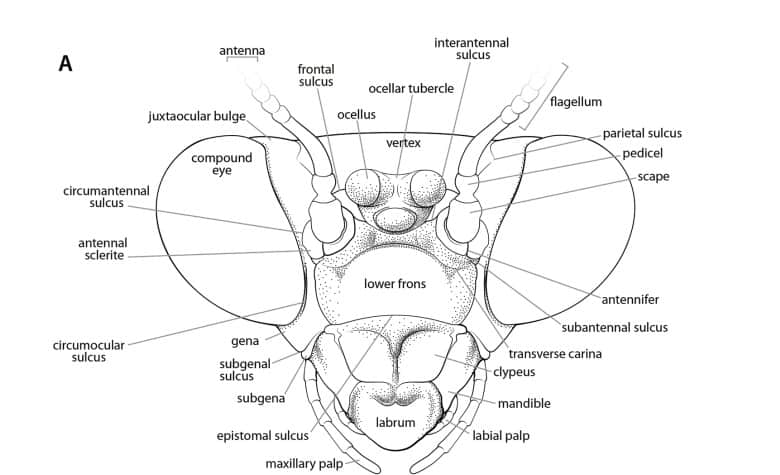The praying mantis: an enigmatic insect that has fascinated nature enthusiasts for generations. At the heart of this captivating creature lies its remarkable face—a true masterpiece of nature’s ingenuity. In this article, we delve into the intricacies of the praying mantis face, its diverse adaptations, and its role as a silent hunter. Through praying mantis face close up photos and keen insights, we uncover the secrets that make this tiny predator a marvel of evolution.
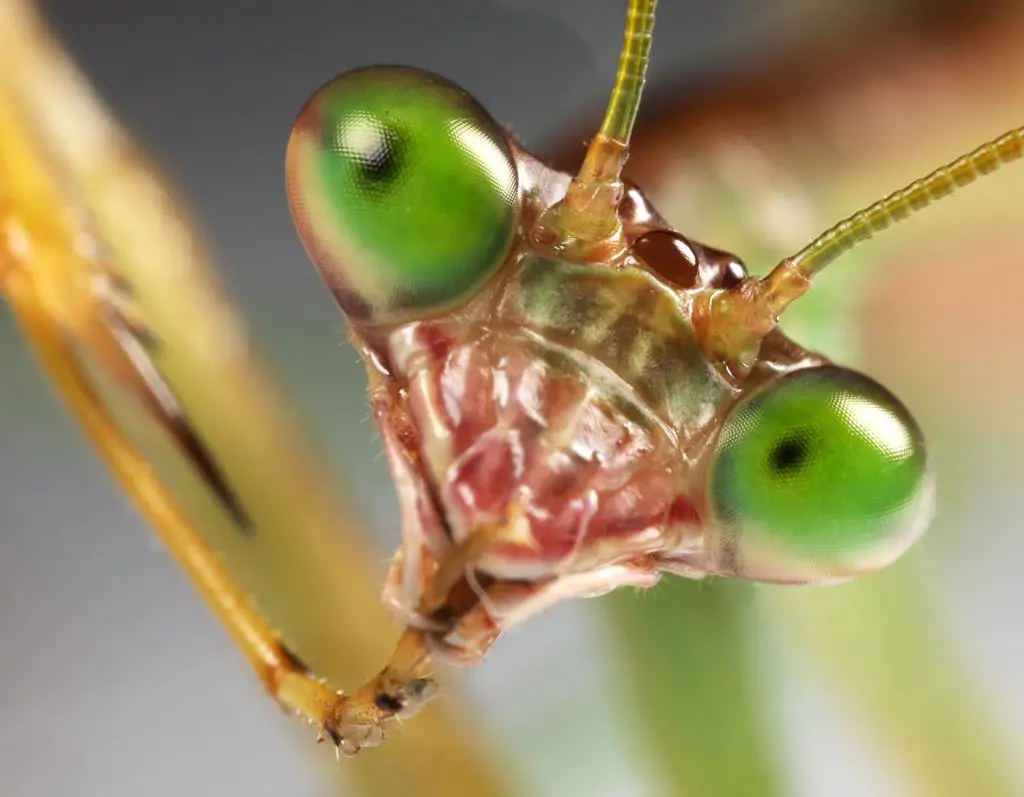
The praying mantis face Diversity
Step into the captivating realm of praying mantises, and you’ll soon discover a stunning display of nature’s creativity etched upon their faces. Each species of mantis boasts a distinct visage, as if a skilled artist has meticulously crafted these miniature masterpieces over eons of evolution. From the regal to the bizarre, the diversity in their facial features is nothing short of awe-inspiring.
Size and Shape:
Firstly, let’s marvel at the vast array of sizes and shapes that praying mantis faces can take. Some species sport elongated and slender faces, exuding an air of elegance and sophistication. In contrast, others boast broader, robust faces, reflecting their brawny nature. Each shape has evolved to complement their unique hunting techniques and ecological niches, giving them a distinct advantage in the wild.
Color Palette:
Beyond shape, the mantis color palette is equally captivating. From radiant greens that blend seamlessly into foliage to earthy browns that camouflage perfectly among tree bark, their colors are a testament to their adaptability. The kaleidoscope of hues serves as both a defense mechanism and a means to ambush unsuspecting prey.
Special marks in some species:
Among the captivating diversity of praying mantis faces, some species bear distinctive marks that set them apart in a league of their own. One such extraordinary feature is the crown-like marking adorning the face of the Ghost Mantis (Phyllocrania paradoxa).
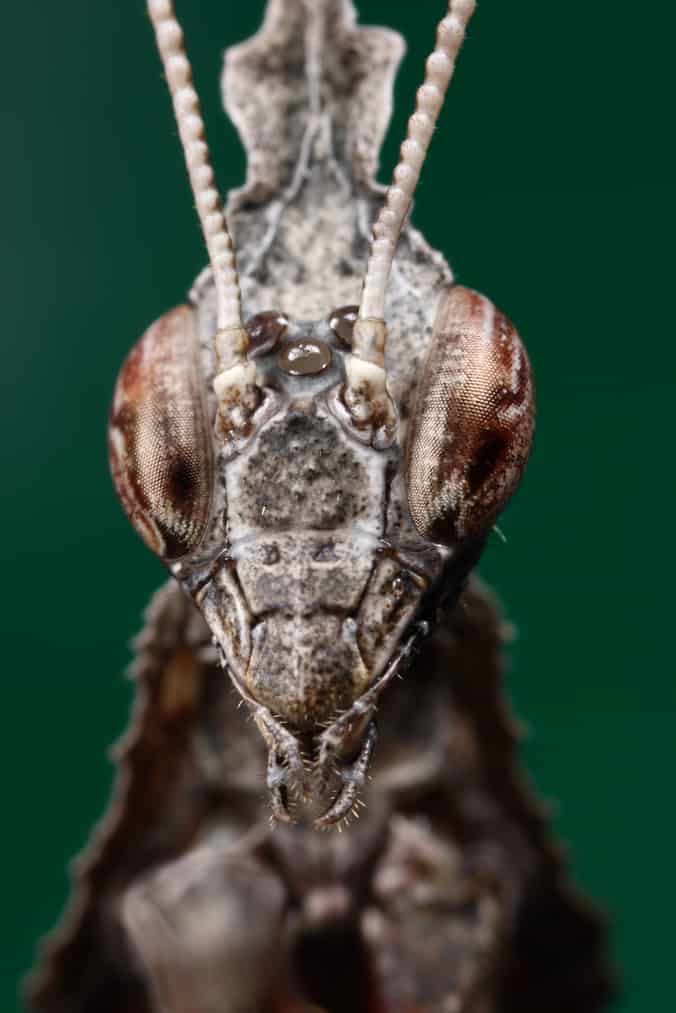
The Eyes Have It:
Perhaps the most mesmerizing aspect of a mantis face lies in its eyes. Large and compound, their eyes provide unparalleled vision, enabling them to spot the slightest movement from their prey. Some species have eyes that appear wide-set, granting them an almost panoramic field of view, while others have eyes positioned closer together, indicating a preference for ambush-style hunting.
Praying mantis Head Anatomy
The anatomy of a praying mantis head is a marvel of complexity, featuring a range of distinctive structures that aid in its survival and behavior. The head comprises a pair of antennae, which are sensory organs that detect environmental cues and movements. The mantis possesses a pair of large compound eyes that grant it excellent vision, while three ocelli, simple eyes, offer additional light detection capabilities. Other components include the lower frons, clypeus, labrum, mandibles, maxillae, maxillary palpi, labium, and labial palpi, each serving specific functions in the mantis’s feeding, communication, and grooming.
In some mantis taxa, unique features are observed, such as non-visual elongations on each compound eye, found in species like Hymenopus coronatus, Pseudoharpax, Heterochaeta, and Acanthops. These elongations are presumed to be non-visual as they lack ommatidia, and it is believed that they contribute to the mantis’s cryptic appearance, enhancing its camouflage in its habitat.
Moreover, many mantodean species boast distinct cranial processes, crests, and tubercles, which can vary in form and location across different species. The terminology for these cuticular growths can be challenging due to their various states, such as bifurcations, ridges, denticulations, foliaceous outgrowths, etc. Research into homologizing and thoroughly investigating cuticular cranial growths across Mantodea remains an area that requires further exploration.
Praying Mantis Face close up
A close-up view of the praying mantis face unveils a world of intricate wonders and captivating features. With eyes resembling finely cut jewels, the mantis face exudes an aura of mystery, enticing observers to explore its secrets. The compound eyes, each adorned with an array of tiny facets known as ommatidia, provide an astonishing field of view, allowing the mantis to perceive even the slightest movements with unparalleled precision. Delicate antennae extend gracefully from its forehead, serving as sensory antennae, enabling the mantis to navigate its environment and detect subtle vibrations in the air. Its mandibles, sharp and formidable, are perfect tools for securing its prey during the hunt.
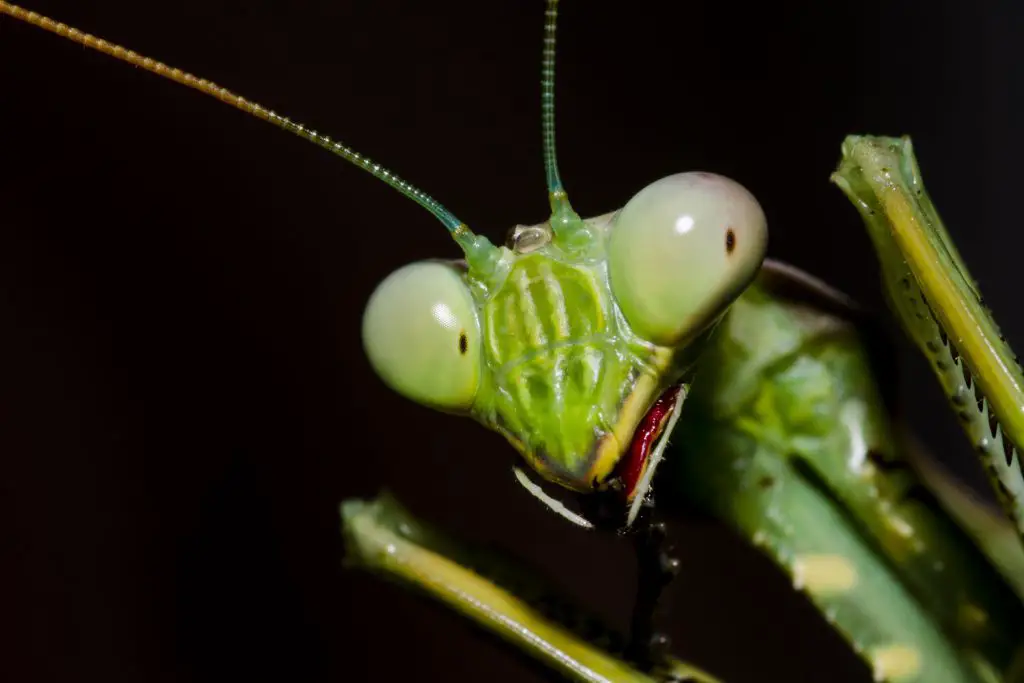
Amidst the breathtaking close-up images of the mantis face, we also catch glimpses of unique markings and patterns, nature’s artistry at play, aiding in both camouflage and species recognition. Witnessing the praying mantis face up close is an extraordinary experience that reveals nature’s brilliance and leaves us in awe of the intricate design of this enigmatic insect.
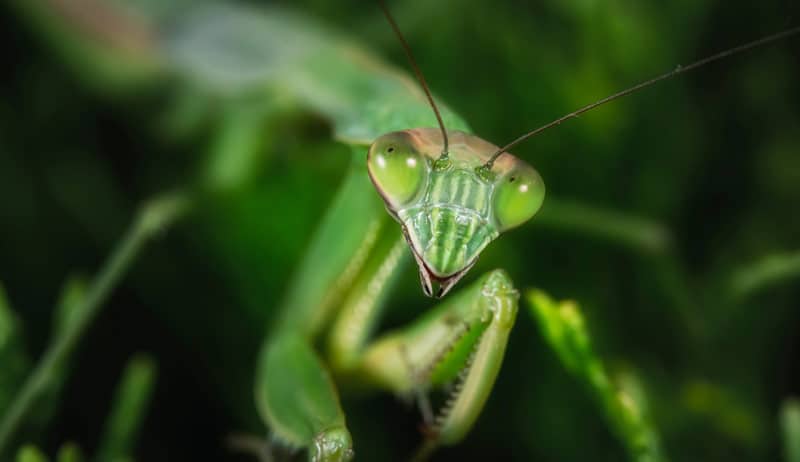
Conclusion
In conclusion, the praying mantis face is a masterpiece of evolution, showcasing a symphony of design elements that enable this remarkable insect to thrive in its diverse habitats. From the jewel-like compound eyes to the graceful antennae and formidable mandibles, each component serves a crucial role in the mantis’s survival as a skilled predator. The intricacies of the mantis face, including unique markings and patterns, offer not only insights into its behavior but also serve as a testament to nature’s artistry. Witnessing the close-up details of the mantis face through captivating photographs reveals the hidden beauty that exists even in the tiniest corners of our natural world
